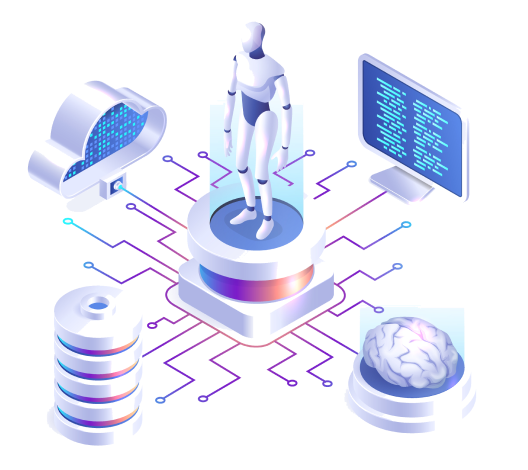The 7Cs of Lifecycle of Every DevOps Services Company

DevOps is a working environment primarily used for communication, collaboration, and integration among an organization’s development team. The DevOps technique was first adopted in 2007 to bridge the quality assurance team and the development team. Consequently, the DevOps Services Company is becoming an integral part of the organization for smooth software development, proper functioning of different operations, high quality of deployment, and successful project delivery.
Earlier, DevOps was involved in software development, release, and deployment. However, now, it requires project managers, product owners, and all 7 phases of the software development lifecycle. This is crucial because DevOps technology has emerged as a holistic strategy. It starts from the service crew communicating with the clients till the release of the product and its monitoring. In this article, we will tell you how the 7C strategy of DevOps is a genuine transition. And how it supports different companies to perform better and achieve their goals.
7Cs of DevOps
It obeys a constant process. Therefore, the DevOps lifecycle symbolizes the shape of an endless loop. This loop represents the collective and iterative procedure throughout the complete lifecycle of the application, including the tools and technology stacks for each phase.
From planning to monitoring, everything is continuous in the DevOps approach. So, let’s take a deep dive with us into the pool of DevOps. And break them into seven phases where continuity is at its focus:
Continuous Development
This phase plays a vital role in the lifecycle of DevOps. In this phase, the requirements are discussed and collected from the stakeholders. Once the whole team understands and agrees on the business requirements, the development team starts coding to deliver the desired requirement. Also, you must maintain the product backlog according to customer feedback. We can even split the product backlog into more minor releases for continuous software development.
Continuous Integration
In continuous integration, updated code or add-on features are created and integrated with the existing code. Moreover, in this phase, the bugs are detected and identified in the code with the help of unit testing. And then, the source code is altered accordingly to meet the desired result.
Continuous Testing
Some quality teams do continuous testing before the integration phase. At the same time, some teams do tests after integration. In this phase, the quality analysts continuously test the code for bugs and errors. If a bug is detected and identified, code is transferred back to the integration phase for modification.
Continuous Deployment
In this phase, developers deploy the final code on the production site. It includes configuration management to make the code deployed successfully and accurately on the production server. The DevOps services company considers this phase the most active stage in the DevOps lifecycle.
Continuous Feedback
The continuous feedback phase evolves to analyze and enhance the application code. Customer behavior is evaluated regularly throughout this phase of each release. As a result, the team can improve themselves for future releases and deployments. For gathering feedback, businesses can either use structural or nonstructural techniques.
Continuous Monitoring
After monitoring the features and functionalities, system errors such as non-reachable servers, etc., are detected in this phase. This phase helps the IT team quickly identify the problems related to the app’s performance and the actual cause behind it. The security-related issues are detected and resolved automatically in this phase.
Continuous Operations
This phase of the DevOps lifecycle is critical for lessening the planned downtime. Usually, the developers need to take the server offline to make changes, which eventually increases the downtime and sometimes even becomes a significant loss to the company. As a result, this phase automates the complete app launch process and its updates.
There is no doubt that the DevOps Services Provider has set a completely new culture in the software production industry by providing the most high-quality benchmarks for software outcomes. The fundamental goal of the DevOps lifecycle is to keep continuity and boost automation. It is all about how the software developers, testers, and operations units unite to provide the software product smoothly and quickly with an enhanced user experience.
Read Also : https://www.thetechbizz.com/data-on-mobile-artificial-intelligence/



